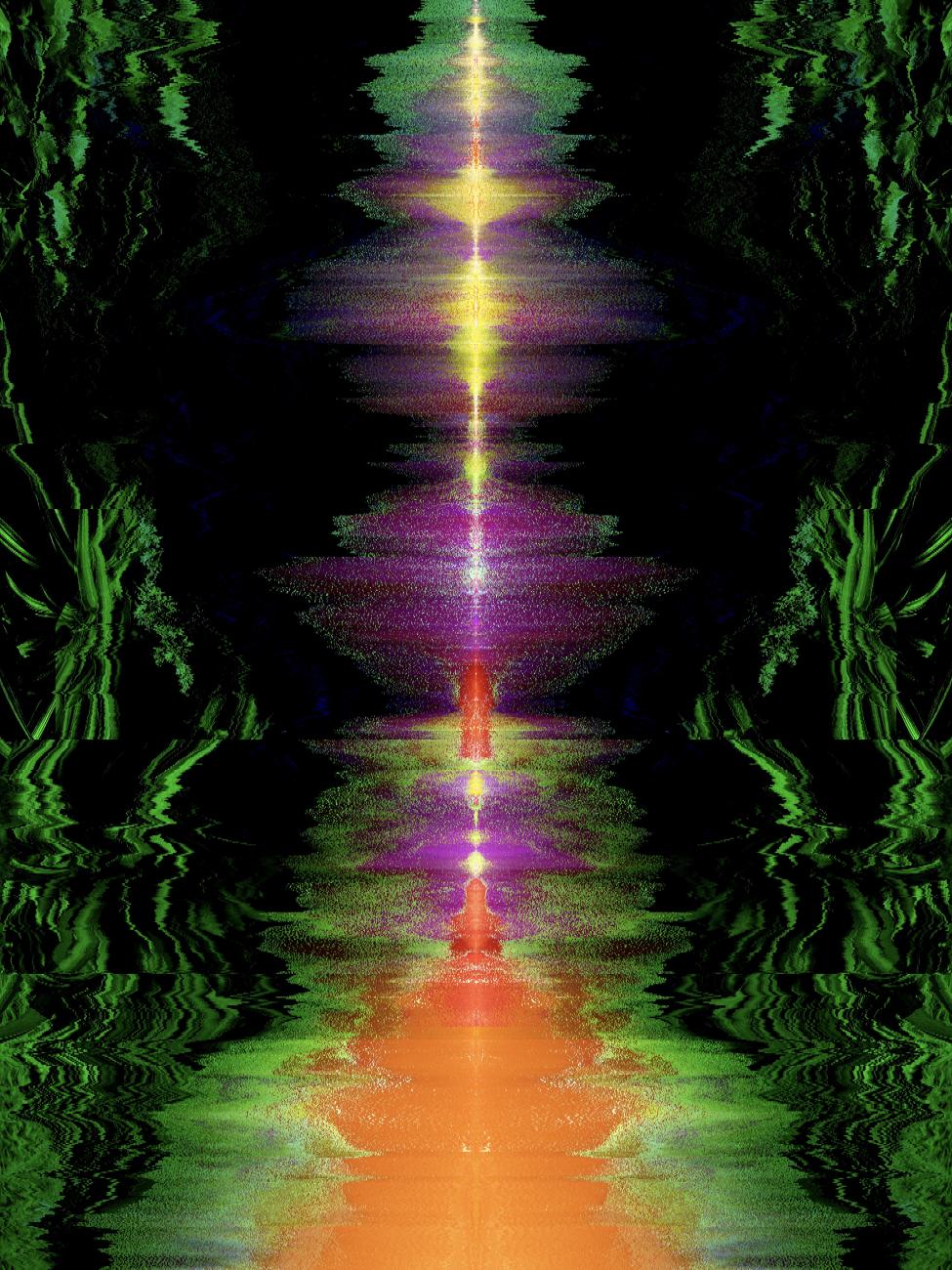
Austin had always been a city of rebirth and regeneration, but in recent times, it had started embodying these attributes in a very literal sense. As the world moved towards an era of peace, the city's military units found themselves in an unusual situation. Trained for war but left without a battlefield, they had to find a new purpose in a world that no longer required their traditional services.
Their transformation was slow but purposeful. They became Austin's new fire brigade, a force dedicated to protecting the city from the increasingly severe climate-induced fires. Their military discipline and rigorous training made them a formidable force against the raging flames that threatened the city each year.
The newly converted Fire Brigade found purpose in their new mission. They utilized the same skills they had once used for warfare to now save lives and protect their city. They fought on a different battlefield, against an unseen enemy - climate change.
Yet, amidst this transformation, the fires began to behave unusually. They started igniting in parts of the city that were least likely to catch fire - the Capitol grounds, lush from the ReLeaf Initiative's successful Strawbactus project. The Fire Brigade was puzzled; it was as if the fires were targeting the city's cultural history, the landmarks that defined Austin.
It was a riddle that the Fire Brigade had to solve quickly. They had transitioned from warriors to protectors, but this was a battle that they hadn't been trained for. Yet, they were determined to rise from the ashes, just like their city, to face this new challenge. This wasn't just a fire - it was an attack on their city's heart and soul, and they would defend it with all their might. The question was - who, or what, was the real enemy?
🚮 W.A.S.T.E.: Words Assisting Sustainable Transformation & Ecology
| Term | Definition |
|---|---|
| Clandestine Collective | A hidden network of urban stewards who move beneath the official grid, planting quiet interventions such as living walls, water hacks, and spectral gardens that reshape the city without ever claiming credit. |
| Future Austin | Future Austin invites you to explore a luminous vision of the city’s tomorrow—where imagination and reality intertwine to create a thriving, sustainable urban landscape. Here, grassroots ingenuity and cutting-edge technology power communities, transforming Austin into a place of boundless possibility. Through insightful articles and evocative Organic Fiction, you’ll glimpse futures shaped by innovators like ReLeaf, whose bold strategies—such as Vertical Garden Fairs in schools—seed green revolutions in unexpected places. From unconventional movements like Trash Magic reimagining music distribution, to fictional worlds alive with unseen energy and harmony, this collection offers both practical inspiration and immersive storytelling. Whether you’re drawn to actionable sustainability or simply wish to lose yourself in tales of a resilient, radiant future, Future Austin points toward the city we could create—and the one we must. |
| Organic Media and Fiction | The rapid pace of urbanization and its environmental impact has inspired various speculative genres in literature and media. Organic Media and Fiction, a recent addition, offers a refreshing counter-narrative to dystopian futures, focusing on optimistic, sustainable societies powered by renewable energies. ReLeaf, an Organic Media and Fiction-inspired platform, epitomizes this genre by blending reality with narratives that envision a world where humans coexist harmoniously with nature and technology. ReLeaf's ethos is rooted in the belief that a hopeful future of sustainable living is not just an ideal but a reality. It combines engaging storytelling, visual arts, and direct action to showcase the possibilities of an Organic Media and Fiction future. By merging immersive narratives with tangible solutions, ReLeaf serves as both a creative outlet and a catalyst for change. The narratives in ReLeaf are set in cities that integrate renewable energy and green technology into their architecture, infrastructure, and daily life. From urban gardens atop skyscrapers to solar-powered public transport, these stories offer a glimpse of future urban landscapes grounded in existing technologies and practices. They provide an encouraging perspective on how our cities could evolve by amplifying sustainable practices we are already exploring. ReLeaf's stories feature diverse, inclusive, and community-oriented societies, emphasizing social justice, community empowerment, and equitable resource distribution. These narratives reflect societal structures that could foster a balanced coexistence, highlighting the importance of these values in creating a sustainable future. Beyond storytelling, ReLeaf engages in direct action, promoting real-world initiatives that echo Organic Media and Fiction principles. By supporting community-led renewable energy projects and sustainable urban farming, ReLeaf bridges the gap between the Organic Media and Fiction vision and our present reality, making the dream of a sustainable future feel achievable. ReLeaf broadens the understanding of the Organic Media and Fiction genre by presenting a balanced blend of reality and narrative. It underscores that Organic Media and Fiction is not just a literary genre or aesthetic movement, but a lens through which we can view and shape our future. The Organic Media and Fiction vision put forth by ReLeaf invites us to imagine, innovate, and create a future where sustainability is the norm. By intertwining fiction with reality, it presents Organic Media and Fiction as a plausible future, offering a hopeful counterpoint to narratives of environmental doom. ReLeaf helps us believe in—and strive for—a future where humans live in harmony with nature and technology. |
| Strawbactus | A hybrid cactus that bears strawberry-like fruit, blending desert resilience with unexpected sweetness. |